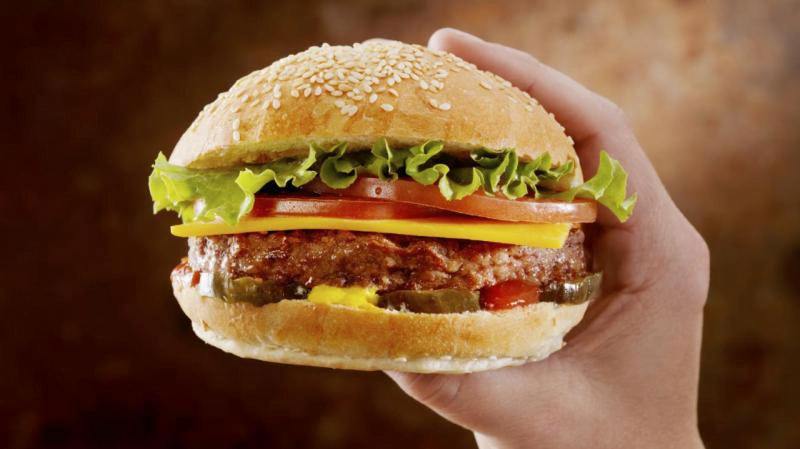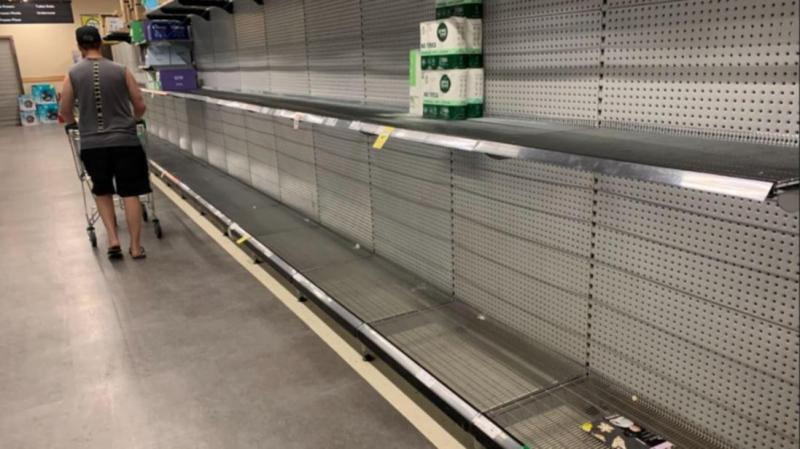Ed Fagan’s family began cultivating asparagus near Cowra, in central-west New South Wales, back in the 1950s.
Now, more than 70 years later, soaring labour costs and relentless price pressures from major supermarket chains have forced Mr Fagan to abandon his asparagus crops, redirecting his focus to other vegetables instead.
“Asparagus has been a cornerstone of this farm for decades, although there were times we didn’t grow it,” Mr Fagan shared.
“But the margins were shrinking, the risks were rising, and the effort simply wasn’t worth the minimal returns. This decision has been a long time coming.”
Once the largest asparagus producer in New South Wales, Mr Fagan noted that nearly all of Australia’s asparagus now originates from Victoria. And he’s not alone in stepping away from the crop.
According to figures from industry body AusVeg, asparagus production in Australia has plummeted by almost 50 per cent since 2019, dropping to just 5,500 tonnes in 2023.
A Labour-Intensive Crop
Growing asparagus is a demanding endeavour, requiring daily attention for months leading up to harvest.
“Labour accounts for 85 per cent of the total cost of asparagus production,” Mr Fagan explained. “Workers must be in the fields every single day, rain or shine, even on public holidays. Harvesting simply can’t wait.”
Despite rising production expenses, Mr Fagan said these costs have not been reflected in supermarket prices.
“Any retail price under $2.50 a bunch is below the cost of production and unsustainable,” he remarked.
“Today’s prices are about the same as they were in 2013, yet labour, energy, and other growing costs have roughly doubled.”
While asparagus is currently priced at around $4.50 a bunch in major supermarkets, during the peak harvest season from September to December, it often sells for as little as $2.
Supermarkets Respond
In response to the issue, Woolworths stated that its pricing reflects market conditions, which are influenced by factors such as weather, seasonality, and supply and demand.
Meanwhile, Coles reaffirmed its commitment to sourcing quality Australian-grown produce wherever possible.
However, Johanna Brighenti, chair of the New South Wales Farmers horticulture committee, said low supermarket prices are driving farmers out of the industry.
“The reality is that farmers are earning far less than what consumers pay at the checkout,” she said.
“Asparagus growers are walking away because there’s simply no profit to be made.”
New Grocery Code Unlikely to Help
From April, a new grocery code of conduct will require supermarkets to treat suppliers fairly, with penalties for non-compliance. But Ms Brighenti expressed doubts about its impact on producers of perishable crops like asparagus.
“When you’re dealing with a product that must be sold quickly, and there are only a handful of buyers, growers have little choice but to accept the prices offered,” she explained.
The Rise of Imports
Countries like Peru and Mexico, where labour is significantly cheaper, dominate global asparagus exports.
Mr Fagan warned that Australian consumers should expect to see more imported asparagus on supermarket shelves in the future.
“Labour costs in Peru and Mexico are much lower, making it far cheaper for them to produce asparagus,” he said.
The decline in domestic production has also coincided with a sharp drop in exports. Australia’s asparagus exports fell from 3,000 tonnes annually in 2019 to just over 1,000 tonnes in 2023.
AusVeg CEO Michael Coote attributed this to Japan, Australia’s key export market, sourcing its asparagus from Mexico and Peru during the pandemic.
“Winning back market share in Japan is essential to creating an alternative outlet beyond the domestic market,” Mr Coote stated.
“But growers here face challenges that are often outside their control.”
For the latest retailer news and information, check out the IndiHub website or to speak to us about how we can help your business contact us.


